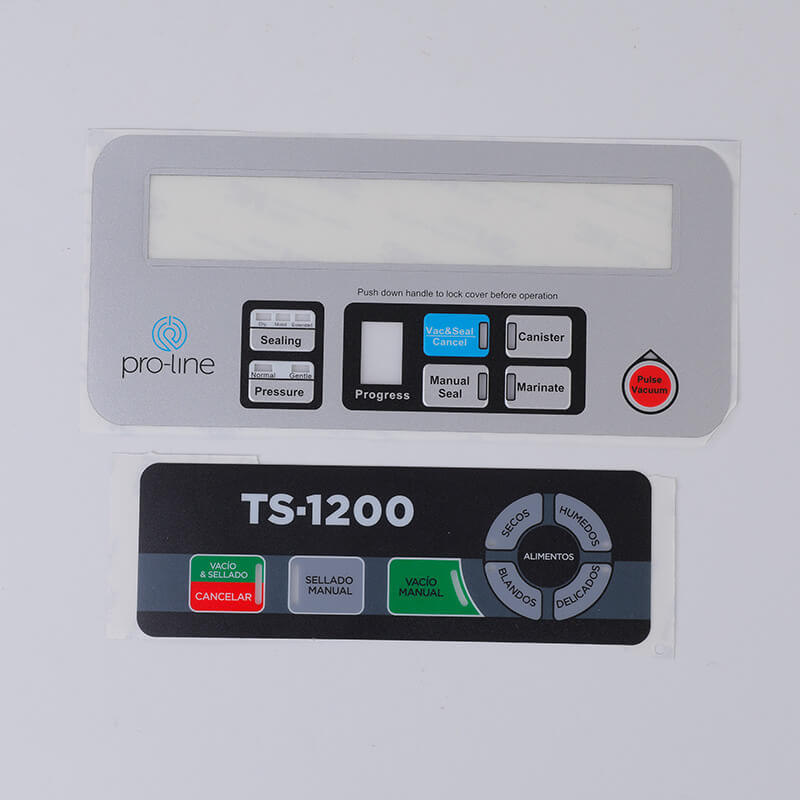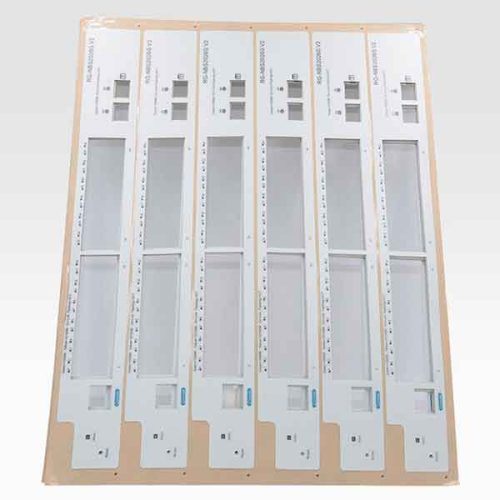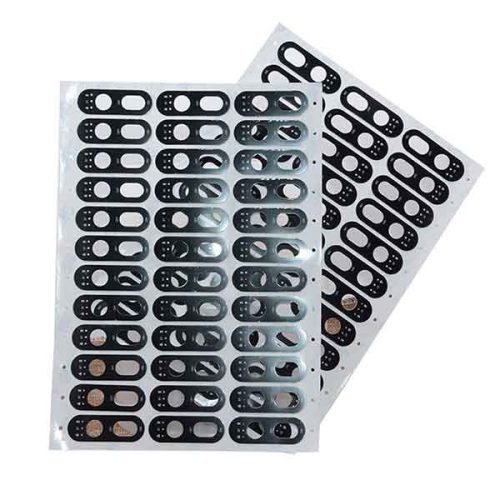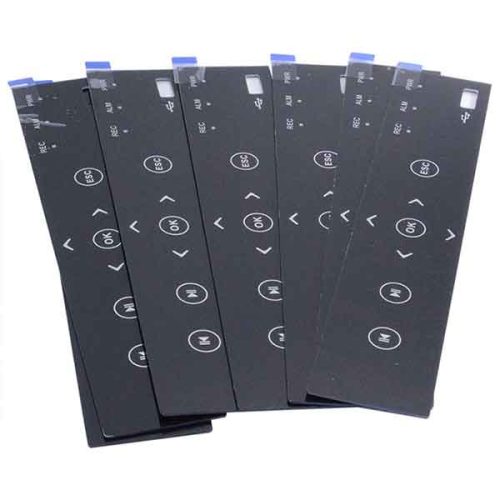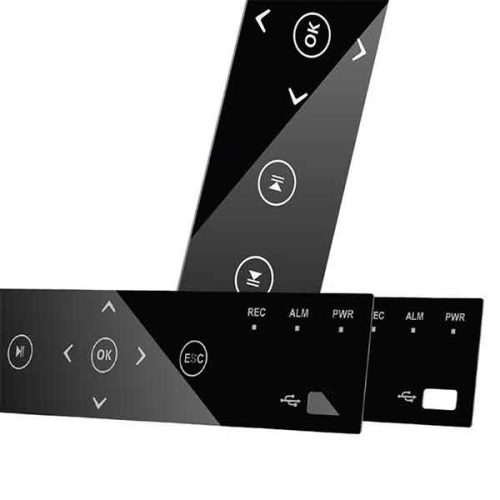Printed overlays is a high-sheen, visually striking surface layer applied primarily on electronic and control devices. It features a reflective, shiny finish that enhances color vibrancy and graphic clarity.
This overlay type is known for its aesthetic appeal, adding a modern and sophisticated touch to the equipment. While offering a sleek look, it is also durable, resistant to scratches, and can withstand various environmental conditions. Glossy overlays are customizable, allowing for vibrant, high-definition printing of logos, icons, and text, making them ideal for brand representation and user-friendly interfaces.

